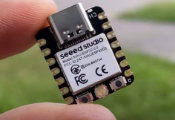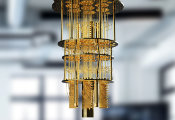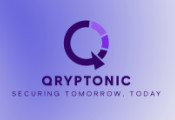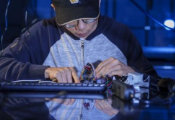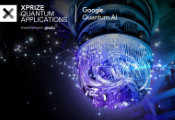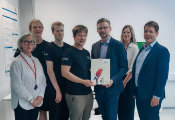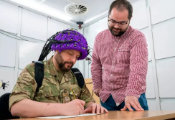LANL Finds Range of Possibilities for Quantum Computing in DARPA Program
June 20, 2024 — A new report from Los Alamos National Laboratory (LANL) describes the range of groundbreaking applications that quantum computing may realize at the Laboratory. In support of the Quantum Benchmarking program at the Defense Advanced Research Projects Agency (DARPA), the “Potential Applications of Quantum Computing at Los Alamos National Laboratory” report describes the future possibilities for quantum computing at Los Alamos in everything from the magnetic materials at the National High Magnetic Field Laboratory (MAGLAB) to improving our understanding of high-temperature super conductivity in materials to nuclear astrophysics simulations that require approaches beyond classical methods.
“Quantum computing has the potential to transform the modeling and simulation capabilities that are the backbone of our scientific and national security missions at the Laboratory,” said Carleton Coffrin, senior scientist at Los Alamos and a co-author on the report. “This report serves as a useful guide for the continued, impactful development of quantum computing technology to help tackle exciting simulation problems across a range of scientific endeavors at national laboratories.”
The Quantum Benchmarking program was initiated in 2021 by DARPA to “provide standards against which to measure quantum computing progress and drive current research toward specific goals.” Organizations representing industry, academia and the national laboratory system participate in the program to understand the potential uses of quantum computing technology from their unique needs and perspectives. Los Alamos represents the national laboratory system in the effort.
Authored by Laboratory scientists across disciplines, the report investigates use cases that tackle fundamental questions in quantum physics, materials, and chemistry. Assuming a quantum computing system of sufficient scale and capability could be developed, the report first asks what would the Laboratory — or laboratories — use it for? The report also seeks to identify the capability requirements of a quantum computer to meet simulation needs in a given area.
A fault-tolerant quantum computer — one that operates with a low or negligible error rate is expected to be available by 2030 in commercial vendor roadmaps — would be measured by its speed, accuracy, and scalability, the report suggests. The use cases developed in the Quantum Benchmarking program allow for understanding of the operational requirements need for such computers to have application impact and value relative to existing, classical computing methods.
The Quantum Benchmarking will continue with participants testing algorithms against applications to better understand the value proposition of the emerging technology.



